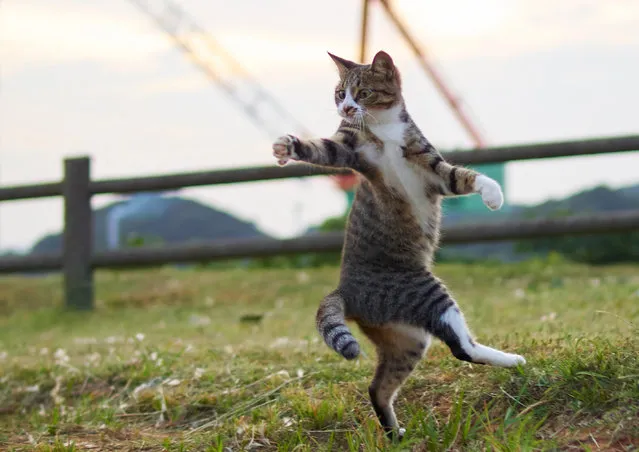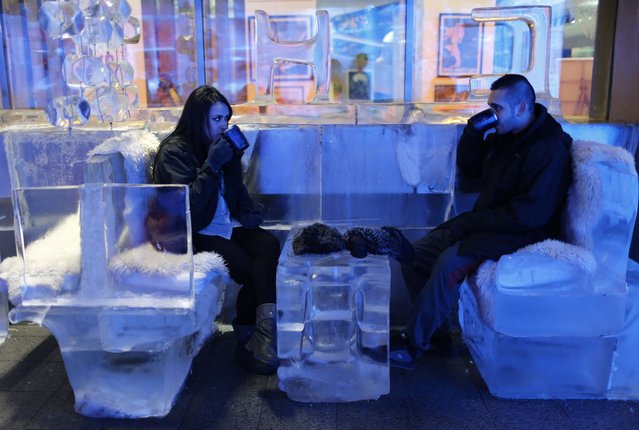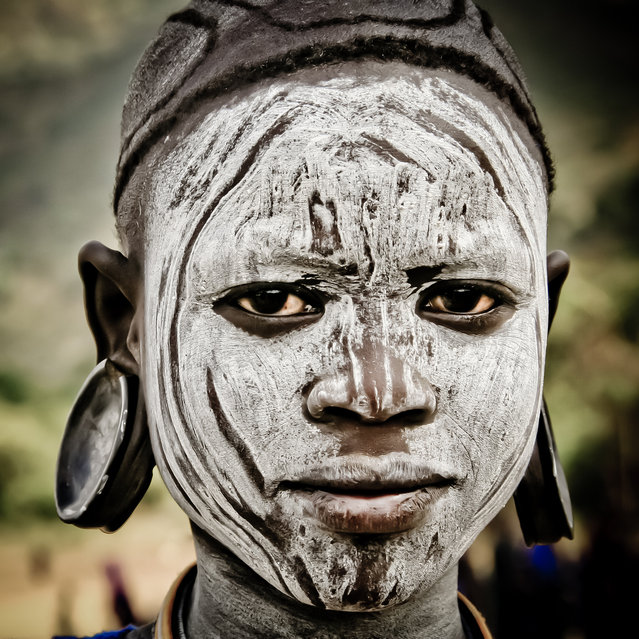
Hisakata Hiroyuki, a talented photographer from Japan, has managed to snap a group of mortal tomcats in a variety of high-flying kung fu poses. Using his own rapid-fire reactions, he photographs the lovable cats flying through the air, their legs and paws outstretched, like something out of an action movie. (Photo by Hisakata Hiroyuki/Caters News Agency)
08 Nov 2017 09:05:00,post received
0 comments







